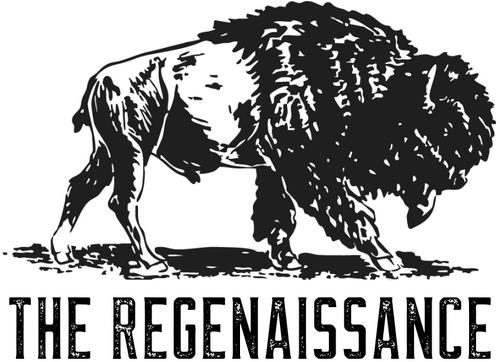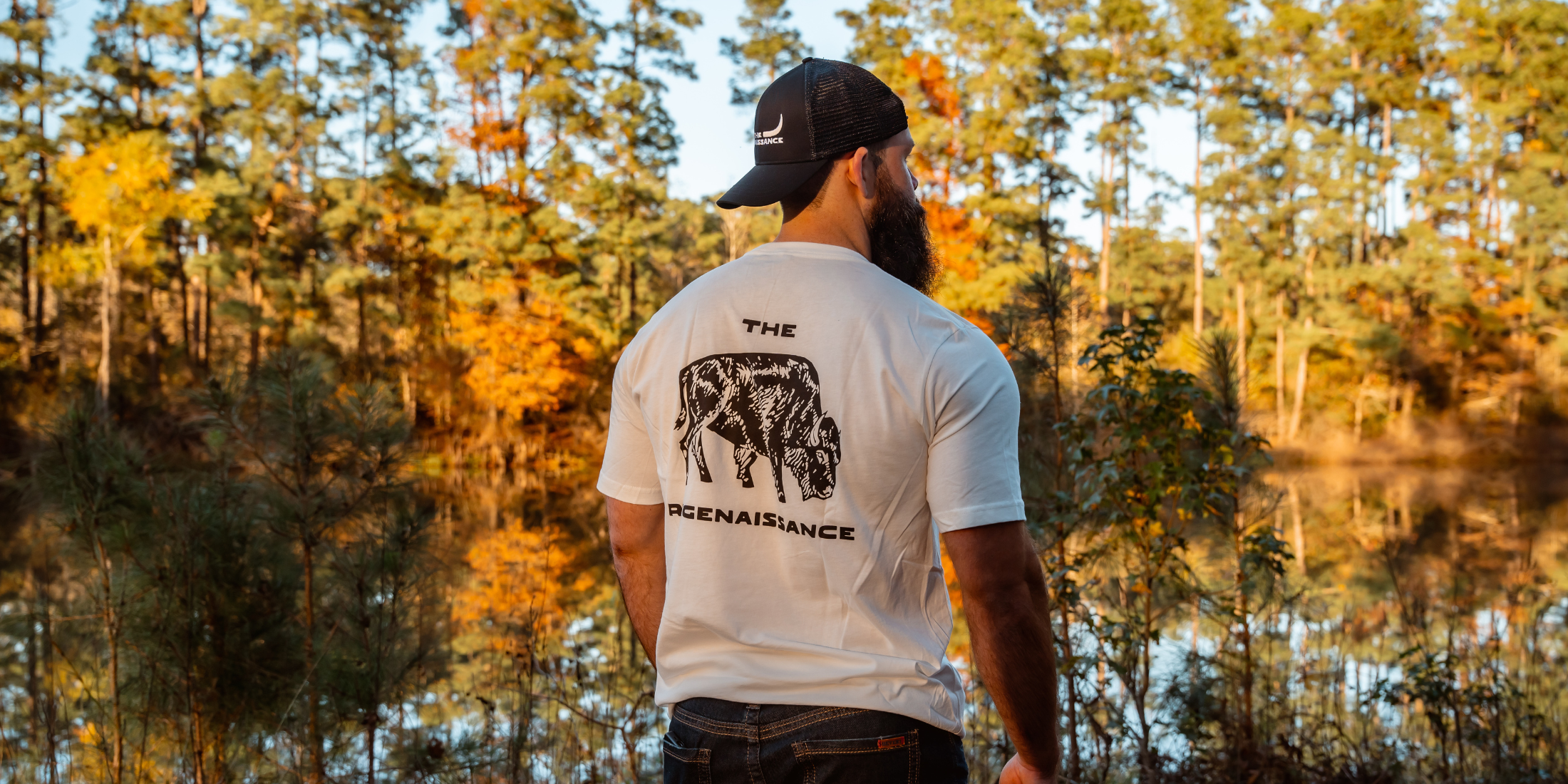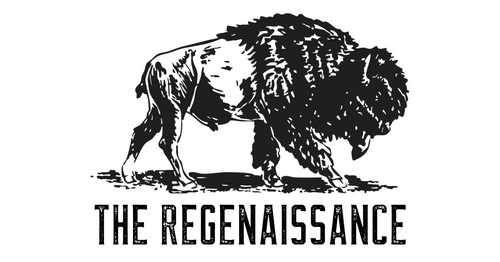Hey Rebels,
The numbers are in... and they’re rough. U.S. farm income has fallen for the second straight year, squeezing farmers from Minnesota to Texas. Crop prices have tanked, costs keep climbing, and equipment dealers are watching once-reliable customers walk away. For regenerative farmers who depend on long-term soil-building investments, the crunch threatens their livelihoods and the regenerative movement’s momentum.
Quick Facts
-
Farm income down 30% from 2022 highs; much of 2025’s rebound comes from federal relief, not markets.
-
Equipment sales off ~30%: John Deere and rural dealers are cutting hours and layoffs are mounting.
-
Corn near $4 /bundle, soybeans under $10: Both well below break-even.
-
Input costs near record levels: Fuel + fertilizer + interest now eat 60–70% of gross revenue.
-
Median MN farm income: Just $21k annually, the lowest this century.
What It Means for Local Farmers
Across the Upper Midwest, farmers are doing whatever it takes to survive another year in the red: repairing instead of replacing tractors, cutting fertilizer rates, even taking off-farm jobs. Beginning farmers face the worst of it as land prices stay high while credit tightens.
Those pursuing regenerative or organic systems feel the squeeze twice: the transition years bring lower yields and new costs just as lenders get risk-averse.
As one Minnesota grower put it, “I might as well have been growing bananas, the bank didn’t get it.”
The Ripple Effect on Rural Economies
When farm income drops, entire towns feel it. Equipment dealers, co-ops, and diners lose business; local banks grow cautious; young families rethink staying on the land.
It’s the quiet unraveling of rural America’s economic web and the clearest case yet that keeping farmers profitable is community survival.
Seeds of Resilience
Still, some growers are finding ways through the storm. Diversified farms mixing livestock with crops report stronger margins. Regenerative methods that cut fertilizer and fuel needs are paying off precisely because inputs are expensive. Creative lenders like Mad Capital are stepping in with flexible loans that let farmers stay the regenerative course.
Meanwhile, federal and private programs are expanding cost-share and carbon-credit options. If policies follow through, 2026 could mark a pivot from bailout checks to structural support for soil-first farming.
What This Means for Regenerative Ag
This isn’t just an economic dip, it’s a reckoning.
Industrial ag built on debt and diesel can’t weather these cycles forever. Regenerative agriculture can only if we fund the transition. Every local purchase, every policy nudge, every voice that says “farmers first” helps shift the balance.





